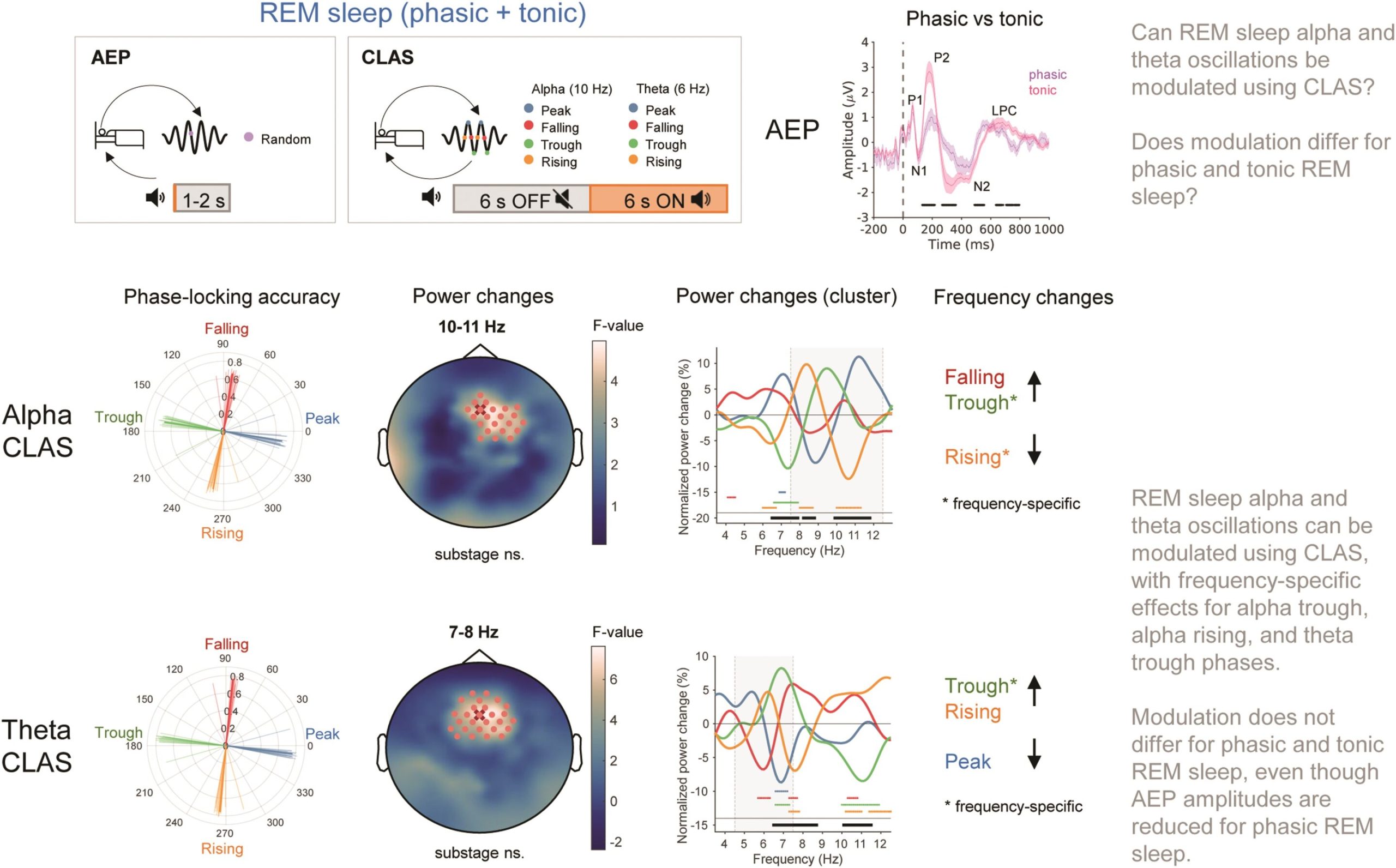A study led by researchers from RMIT University and the Doherty Institute has provided the first detailed analysis of how mRNA vaccines circulate and break down in the human bloodstream.
The research aimed to help improve the safety and effectiveness of these vaccines, including reducing the side effects that people commonly experience such as headaches, fever and fatigue.
Since the first COVID-19 mRNA vaccines were introduced, scientists have harnessed the technology to develop vaccines and therapeutics for various other conditions including cancer.
These mRNA vaccines use genetic instructions, instead of a weakened virus, to prompt the body to produce a protein that triggers an immune response. Their rapid development, adaptability to new variants and strong safety profile made them essential in the global fight against the COVID-19 pandemic.
The study, published in ACS Nano, analysed 156 blood samples from 19 individuals over 28 days after receiving a Moderna SPIKEVAX mRNA booster immunisation. The team discovered key insights into the movement and breakdown of vaccine components in the bloodstream critical for the development of safer and more effective vaccines.
Dr Yi (David) Ju, an Australian Research Council DECRA Fellow at RMIT University is a co-senior author of the study with The University of Melbourne’s Professor Stephen Kent, a Laboratory Head at the Doherty Institute.
Reducing the side effects of mRNA vaccines
These vaccines are designed to stay in the lymph nodes to produce antibodies to fight infections, but the researchers say a tiny amount of the vaccine also found its way into the bloodstream.
“The extent to which the vaccine enters the bloodstream varies between individuals, which may explain some of the side effects such as fever, headache and fatigue, reported after vaccination,” said Ju from the School of Science.
“This variation in vaccine presence in the blood could trigger inflammatory responses, leading to these side effects in certain individuals.
“Understanding the causal relationship between the amount of vaccine circulating in the blood and these side effects will be an important area for future research.
“To be clear, the amounts of the vaccine entering the bloodstream are very small so people can be confident that mRNA vaccines are safe and effective.”
How long does the mRNA vaccine that reaches the bloodstream remain there?
The study revealed how mRNA and its fatty nanoparticle shell peaked in the bloodstream within two days after vaccination. In some cases, the mRNA remains detectable for up to a month.
Researchers initially predicted it was the antibodies formed in response to a commonly used vaccine compound, known as polyethylene glycol (PEG), that dictated how long a vaccine stayed in the bloodstream. However, the research team found anti-PEG antibodies were not the only factor impacting this process.
Ju said the breakdown of mRNA in the body was likely also influenced by a complex mix of individual factors.
“The mRNA vaccine in the bloodstream is like a message in a bottle. It’s protected by its shell — the fatty nanoparticles — as it travels, but its fate depends on how the body responds to the bottle, not just the message inside,” Ju said.
“However, we still found that higher levels of mRNA and fatty nanoparticles in the blood were linked to a bigger increase in anti-PEG antibodies, suggesting that some individuals may develop more antibodies to PEG.”
Developing safer and more effective mRNA vaccines
Kent said if people developed high levels of anti-PEG antibodies from mRNA vaccines it may reduce the effectiveness of future mRNA treatments for conditions including cancer, as their bodies would clear the therapeutics more quickly.
“By understanding the biodistribution of these components, we can better inform future vaccine designs to minimise risks. Our study offers valuable insights into improving mRNA vaccines for safer and more effective use,” Kent said.
Researchers could use this information to optimise the fatty nanoparticle formulations to enhance mRNA stability, which could lead to prolonged immune response and reduce the likelihood of rapid clearance from the body. Further research could also help to find a way to prevent vaccines entering the bloodstream.
“By identifying the individual factors that affect mRNA circulation, future vaccines may be tailored to personal characteristics, improving efficacy on a case-by-case basis,” Ju said.
‘Blood distribution of SARS-CoV-2 lipid nanoparticle mRNA vaccine in humans’ is published in ACS Nano.
This research was supported by the Australian Research Council, the National Health and Medical Research Council and the Victorian Critical Vaccinees Collection.



